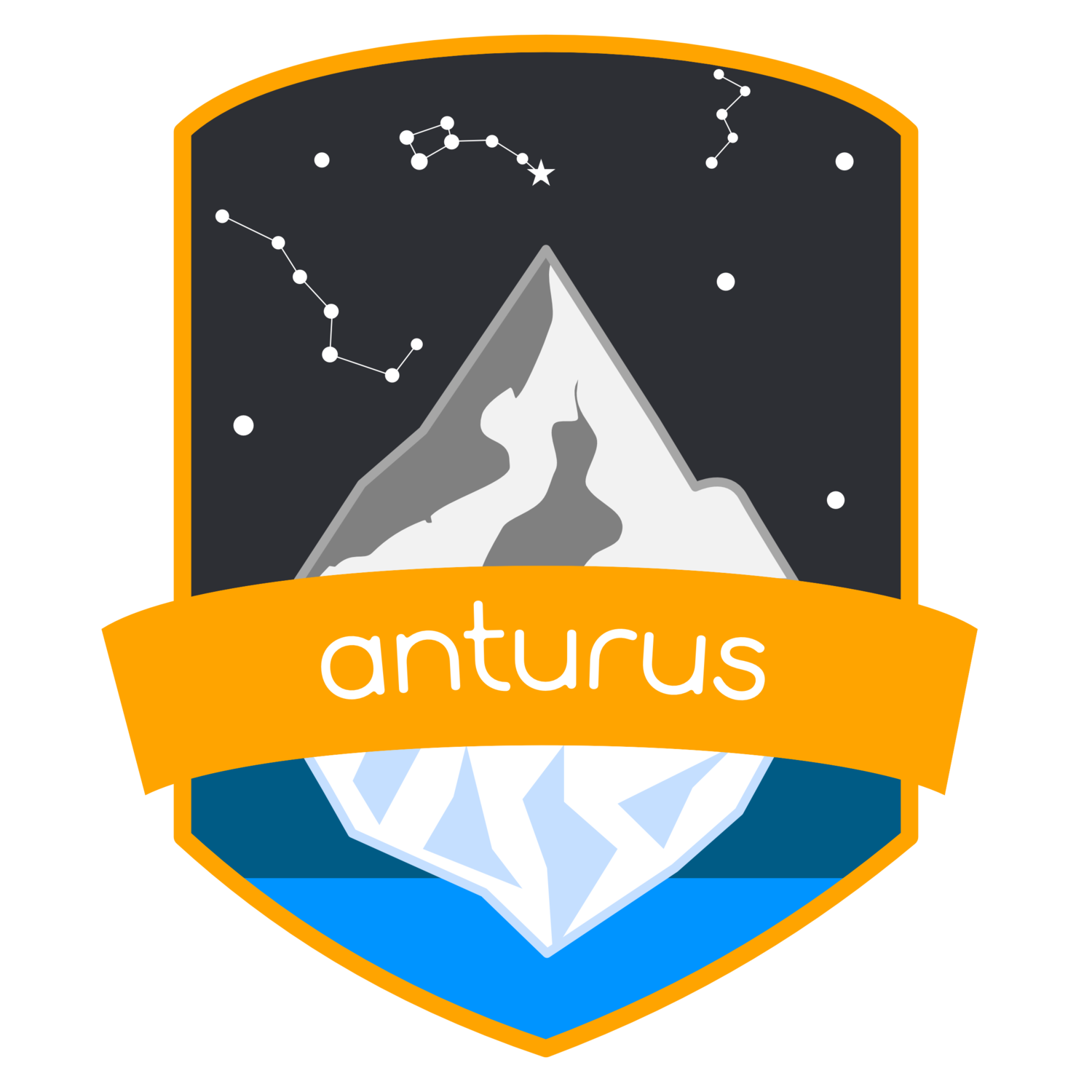
Where The Rubber Meets The Road.
(Development project)
Science.
A study found that in the USA alone, 1.8million tons of microplastic is worn off vehicle tyres each year. They are washed into sewers and then into waterways and the ocean. Vehicle tyres and shoes are made from very similar materials.
We know our running shoes wear down over time and end up in landfill. But how long so they take to wear down, and where does the material that comes off them end up?
This study is to find out how much microplastic is generated by our running shoes and left on the mountains and trails that we run on.
Film.
Alongside this study we hope to document the process, those involved and the findings. This will be to create a film that sheds light on the problem but more on identifying what solutions we need for the future.
Salomon are making strides with the Salomon Index 01 which is a solution that aims to solve the problem of 300 million shoes that end up in landfill each year. Is there a solution to this problem too?
This film would do a lot to create awareness in the outdoor community and push for a more sustainable future.
Schools.
At Anturus we truly believe in education as our primary goal in anything we do. To that end we hope to create a school programme to run alongside the Science and the Film.
This education project would encourage teachers to run a similar experiment with their science classes. Measuring their students shoes over the course of a year.
This project would allow classes and students to develop their own methodology, come to their own conclusions and possibly create a network of schools that create good citizen science for us to see.
Methodology.
METHOD: This study will revolve around 30 athletes covering multiple distances over 6 months. A number of athletes will cover lower distances of 0-20km per week. Medium ranges of 20-50km per week. And a high range of 50+km per week. Each athlete will get a pair of Salomon trail shoes that are weighed before they go out. They will wear them for 2 months of running before sending back to the lab to be washed and weighed. This cycle is repeated 3 times. We will ask athletes to record their runs using their GPS monitor so we can visualise them with FATMAP.
TIMELINE: We would look to complete this study over the summer and autumn months. May to October. This gives us enough time to find our athletes, confirm methodology and get the athletes on the trail.
DELIVERABLES: We would look to create a study write up and communications pack to go along with this study. Interviews with media and articles in outdoor magazines and blogs.
Film.
DURATION: 10 Minutes
FILM TEAM: Anturus Science StoryLab
LOCATIONS: On the trail via GoPros from the athletes. Wales with Huw James delivering the science. Plymouth with Imogen in the Lab. Annecy with the Salomon Team looking at design.
OUTPUT: A short outdoor running film that shows the simple science behind plastics and the problem with plastic pollution. We look at the science in the lab and the conclusions we can draw from this study. Then the design solutions Salomon are already making to tackle the plastic problem with shoes like the Index 01.
SHOWN: We would look to enter this to a number of outdoor film festivals to create an awareness. Depending on the outcomes of the study, getting them shown at outdoor festivals would give people the information they need.
Collaborators.
FATMAP.
We will be asking FATMAP to assist with visualising the data on maps.
SUUNTO.
For those without GPS devices, we would ask Suunto to assist with data collection.
KILIAN JORNET FOUNDATION.
In scaling this up and applying the knowledge to full trail events we would look to partner with the KJF.



